Last Update : July, 27th 2022
Planning a trip to Chile?
2020 was a bad year for travelers, with most borders being closed as “stay home” became the norm. And while most of us started traveling from home (thank you, internet), nothing will ever replace a trip to a beautiful place.
And if you’re thinking about Chile, you probably know this is one of the most beautiful destinations on the planet. But there’s so much to learn about our favorite country in South America. Here’s a quick guide so you can get familiar with Chile and get ready for a trip of a lifetime with some useful information.
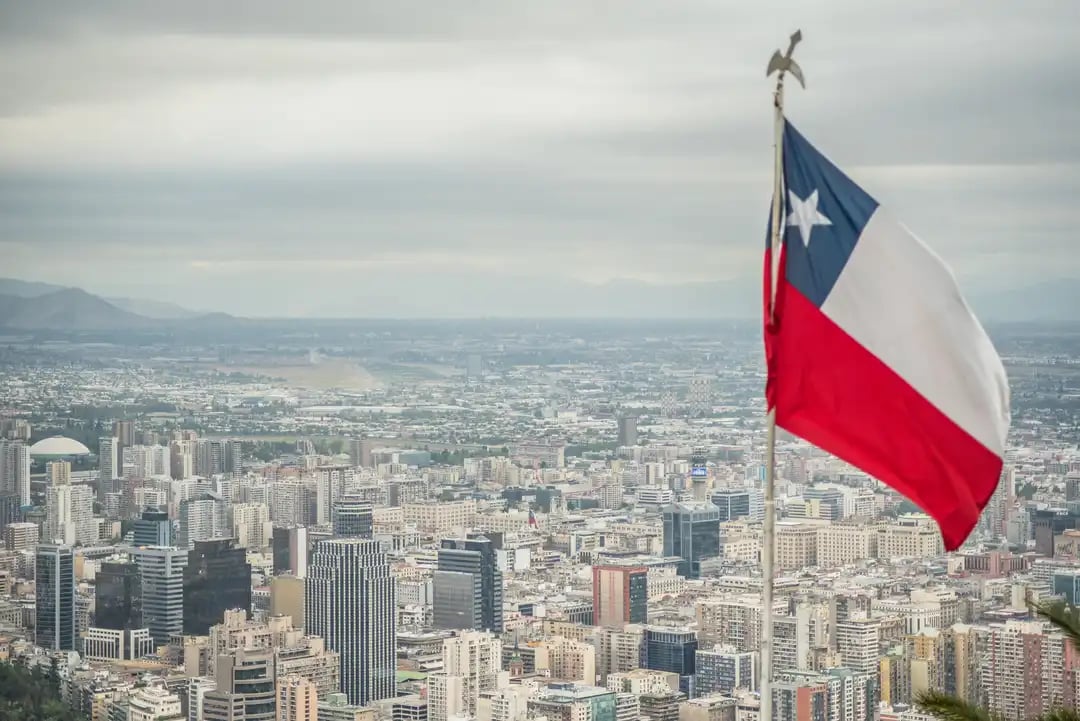
¡Buen viaje!
SUMMARY
1. Chile is amongst the safest countries on Earth
2. Chile is more expensive than its neighbors, but incredibly rewarding
3. Chile is COVID-19 vaccination champion in South America
4. If you plan an adventure in Chile, you may have to train first
5. The best time to travel to Chile is not always when you think
6. Distances in Chile are long
7. Chileans speak a very unusual Spanish
8. Border crossing to Argentina can be tricky in some places
9. The visa and vaccines you need to travel to Chile
10. Chileans have some curious social rules
11. How to eat like a Chilean in Chile
12. These are the best places to visit in Chile
1. Chile is amongst the safest countries on Earth
Chile is a very safe destination for travelers in South America. According to the Global Peace Index (updated every year), Chile currently ranks as the 27th safest country on the planet. It is usually considered the safest country in South America, together with Uruguay. Thanks to its low crime rates and nice behavior towards travelers, the “thin country” can be considered a very safe destination (especially if you visit its spectacular national parks).
2. Chile is more expensive than its neighbors, but incredibly rewarding
Chile is the most developed country in South America, and some travelers like to talk about it as the “most European-like country in Latin America”. It is therefore an expensive country compared to its neighbors Bolivia, Peru and Argentina, and you should take a look at the updated exchange rate before you travel to Chile (the local currency is the Chilean peso).
To give you an idea, restaurant costs are on a par with the US for similar level restaurants. Prices vary tend to vary a lot from a place to another (for instance, prices in Patagonia are usually higher than the ones in central Chile). But whether it has to do with the food or with the excursions, it is usual to get more than what you pay for! There is some excellent Chilean cuisine and both the guides and the travel experiences are incredibly rewarding.
And if you’re on low budget, don’t worry! There are plenty of alternatives, such as simpler restaurants and delicious street food; and more accessible travel experiences.
3. Chile is COVID-19 vaccination champion in South America

Worried about COVID-19? We are too! However, we are optimistic regarding the near future as Chile became a COVID-19 vaccination champion in South America. Health experts and government officials credit the country’s early negotiations with vaccine producers and in July 2022, more than 90% of the objective population was vaccinated (with up to 4 doses!). The country of 19 million inhabitants is an example in Latin America, often named in world’s Top 3 together with Israel and the United States.
Check out the complete guide on what you need to travel to Chile during the COVID-19 pandemic here.
Despite the intensity of the coronavirus waves that have hit the country, the country is already a "new normal". These are great news for tourism, isn’t it?
4. If you plan an adventure in Chile, you may have to train first
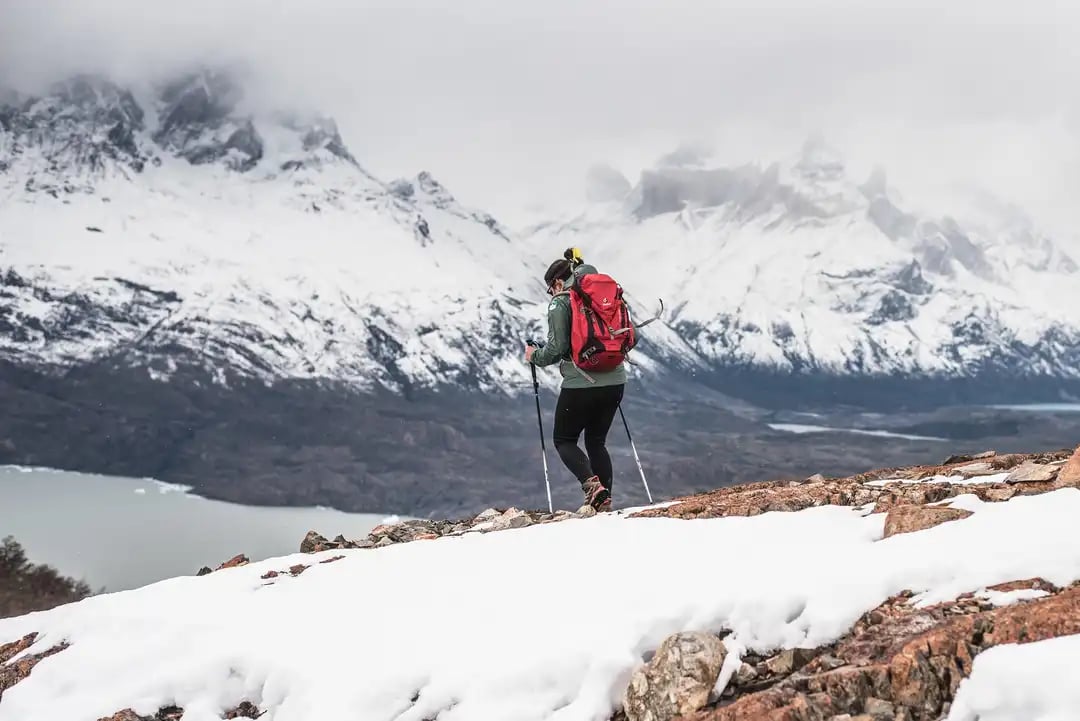
Chile is amongst the best adventure travel destinations in the world. It was awarded 6 times as the “World’s Leading Adventure Travel Destination” in the World Travel Awards, the “Oscars of tourism”. But be careful when it comes to choosing your adventure! Some of them are really demanding and require some previous training.
Some experiences are accessible for everyone, like a trip to the Atacama Desert or a Wildlife Safari in Torres del Paine National Park. However, Patagonia’s most popular multiday hikes are quite demanding. The W Trek requires at least some regular trail walking. As for the epic “O Trek” (Torres del Paine Circuit), the Dientes de Navarino Circuit and the Cerro Castillo Circuit, these are for the experienced hikers only. The terrain is irregular, hiking distances are long and include some steep uphill. In short, you’d better check out the details on the level of difficulty of the trip you’re interested in before taking the final decision.
5. The best time to travel to Chile is not always when you think
Chile is a land of extremes. You’ll find the driest desert on Earth in north (the Atacama Desert) and the world’s third freshwater reserve in the south (the Patagonian ice fields). That’s what makes Chile a hard place to understand when it comes to scheduling a trip.
While most people think there is no rain at all in northern Chile, there may be some occasional heavy rain fall in summer, especially between December to March. This is due to the Altiplanic winter, a phenomenon that can cause storms in the Arica and Parinacota and in the Atacama regions.
In Patagonia, summer months (from December to March) are the busiest ones, but also the windiest. There is a “best time to come” for everyone, and this is how we could sum it up.
Best outdoor adventure weather: November to March
Best time to avoid the crowds: April to October (note: it may be difficult to find accommodation due to off-season from June to August).
Best time to spot wildlife: April to November
6. Distances in Chile are long
Chile extends 4,270 km (2,653 miles) from North to South, with an average of 177 km (110 mi) from East to West. Traveling from the Arica region to southern Patagonia would be the same as traveling from northern Scandinavia to Morocco!
You’ve got it: distances are long, and domestic flights usually take a few hours (for instance, it takes roughly 3,30 hours to get from Santiago to Punta Arenas). Besides the hours spent flying, you will also have to drive a lot, especially if you head to Patagonia. Getting to EcoCamp Patagonia from the Punta Arenas airport requires a 5 to 6-hour drive (a beautiful one)!
And if you plan to travel to Easter Island, remember that the “world’s most remote island” is located 3.759km (2.335mi) away from Santiago (a 5-hour and 40-minute flight).
7. Chileans speak a very unusual Spanish
“Cachai” “Piola” “Weon” “Bacán”: if you speak Spanish but do not understand these words, don’t worry! Chileans may speak the most peculiar Spanish in the world. The Royal Spanish Academy recognizes 2,214 words and idioms exclusively or mainly produced in Chilean Spanish, in addition to lots of unrecognized slang expressions.
But no panic! Chileans love to communicate with tourists and I bet you’ll be able to understand each other, even if you don’t speak Spanish at all.
8. Border crossing to Argentina can be tricky in some places
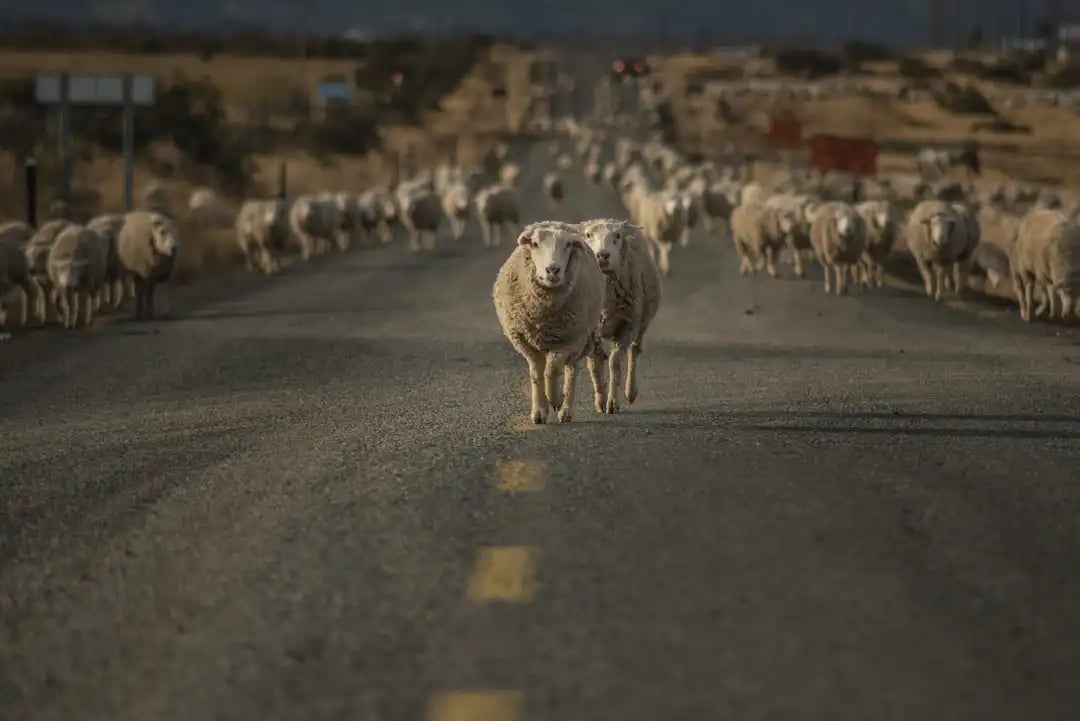
Chile and Argentina are separated by a huge natural boundary: the Andes mountains. In Patagonia, the mountains get lower but the terrain is irregular, with lots of channels, ice fields and islands. At the border between Villa O’Higgins (Chile’s Aysén Region, the southernmost point of the Carretera Austral), vehicles are inaccessible. Here, you’ll have to take a boat, get a horse and walk 35 kilometers (22mi) if you want to cross to Argentina.
In most places, the immigration offices between both countries are miles apart, but crossing is easy if you have your own transfer or vehicle. If you travel by yourself, you should consider that some parts of Patagonia have no public transport to go through the border.
9. The visa and vaccines you need to travel to Chile
You won’t need a visa if you stay less than 90 days in the country (do not lose the small paper the immigration authorities will give you while entering Chile).
However, having your updated COVID-19 vaccines to enter the country is strongly recommended. While a negative PCR upon arrival is not compulsory any more, having your updated COVID-19 vaccines will allow you to get a "mobility pass" which is mandatory to enter many public places such as bars, restaurants and movie theaters (more information here).
Also, you must declare all products of plants and animal origin while entering into Chile (non-compliance with this obligation can be expensive!).
10. Chileans have some curious social rules
“Go to Chile and you’ll be welcomed with open arms”. This is a true statement. It is also true that Chileans have some traditions, mannerisms and customs that may leave you confused. Some of the funniest facts? Chileans add “-po” to virtually every word (for emphasis or just because locals feel like it). Chileans have lunch at around 2pm, and have “elevenses” in the evening. What does that mean? Well, it’s like having an afternoon tea, accompanied by bread with avocado, jam, paté or ham.
Everything stops for a football game, so streets may seem empty when Chile plays (but wait for the celebration if Chile wins!).
Finally, Chile is a seismic country. Chileans say there’s an earthquake only if it’s over 6 on the Richter scale. If it’s under 6 on Richter, some Chileans don’t even feel it. In these cases, they say it’s only a “temblor” (tremor).
11. How to eat like a Chilean in Chile

There’s a new culinary world awaiting to be discovered in Chile! There is a rich and diverse range of dishes for everyone’s taste, though the famous ingredients include plenty of seafood (coastline), avocado, beef (the whole country) and lamb (Patagonia). There are also some amazing indigenous influences you will find in some regions (such as the Atacama Desert and the Araucanía region with the Mapuches), and you can get some incredible gourmet food in Chile’s main cities, especially in Santiago.
But the spirit of Chile can be tried on the street. You should definitely try the empanada (little puff pastry baked in the oven), the humita (corn mixed with onion and basil, in a preparation that is wrapped in maize leaves) and the completo (a local version of the hot-dog, that includes avocado).
No trip to Chile would be complete without an “asado”, a barbecue. “Asados” are the best excuse for Chileans to gather, making it the most important social occasion held all year round.
As for the beverages, Chile is worldwide famous for its delicious wine. You should also try the Pisco – a brandy produced in wine regions of Chile and Peru. And Chile also has some delicious beer!
12. These are the best places to visit in Chile
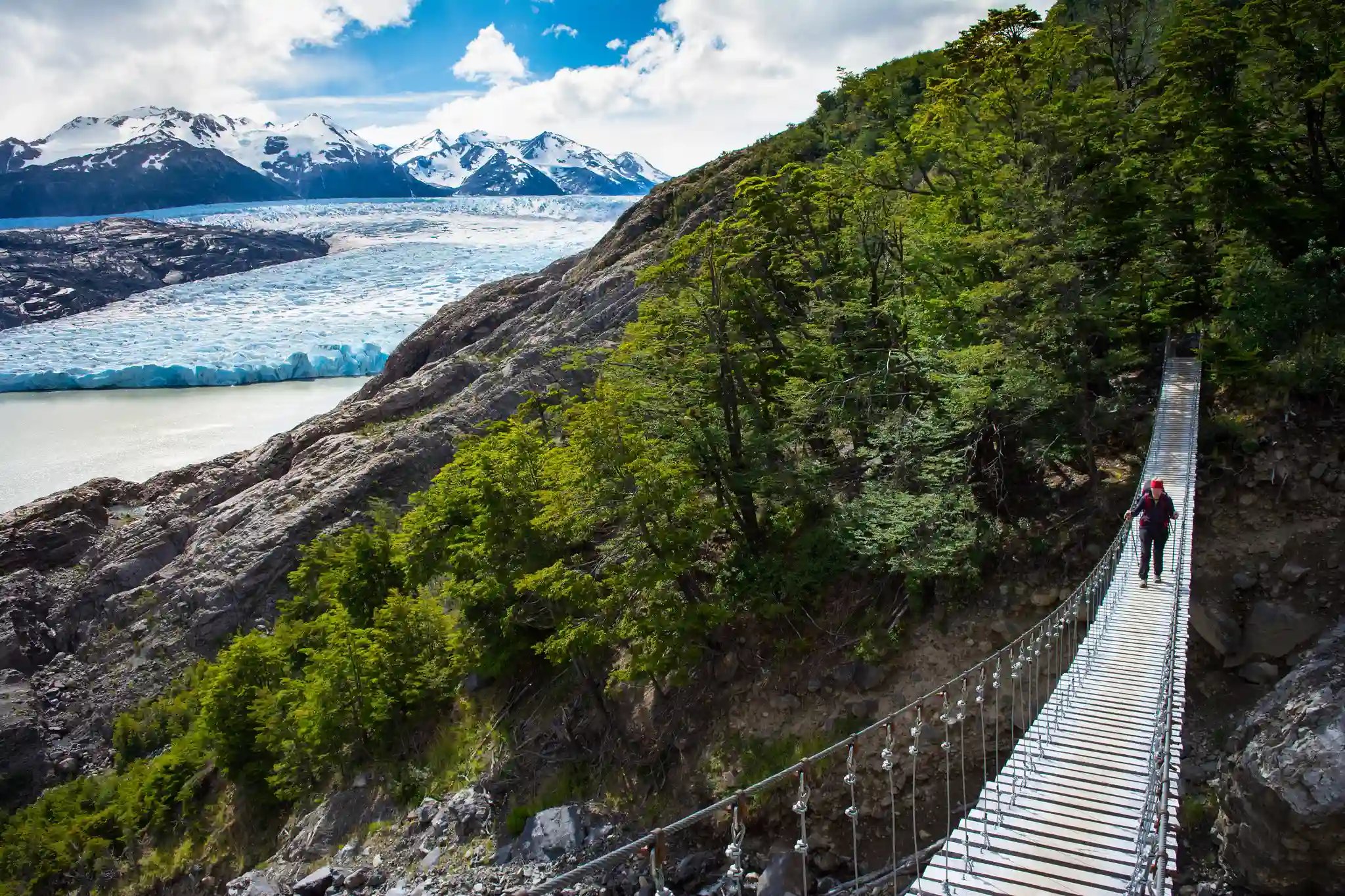
We could write an entire book featuring Chile’s best places to visit. But if we had to sum it up, we would start with the Atacama Desert in the north, the world’s most arid desert. It stretches over 1000 kilometers of the Pacific coast to the border with Bolivia and Peru, offering a spectacular natural scenery. Here you’ll see the clearest sky on Earth, the incredible Tatio geysers and colorful lagoons above 3000 meters.
Further south, you should consider a trip to Valparaíso, Chile’s colorful port that is full of history. Santiago de Chile is worth a visit, with its vibrant streets, fascinating museums and delicious restaurants. Close to the country’s Metropolitan region, you could also go for some wine tasting in the beautiful wine valleys.
Another highlight is the Lake District, with its snowcapped volcanoes, German influence and vast lakes. Heading south you’ll reach Patagonia, with the stunning national parks of Chile’s Aysen Region. Here you can do the best road trip in South America while driving through the Carretera Austral, and do a hike of a lifetime through the Cerro Castillo National Park.
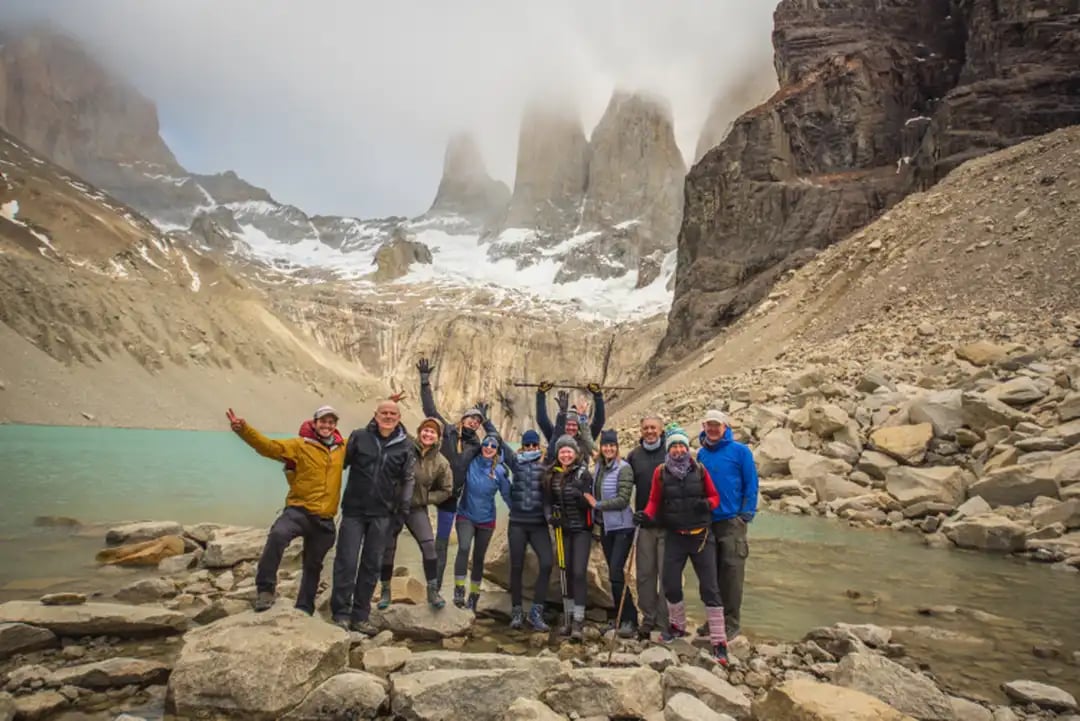
But the crown jewel of Patagonia is definitely Torres del Paine National Park, with its mesmerizing granite spires, abundant wildlife and spectacular hiking trails. You can stay at EcoCamp Patagonia, the world’s first geodesic hotel, to make your stay in Chile’s finest national park even better!
Another great place to hike is the Navarino island, home to the southernmost trek on Earth, “los dientes de Navarino”.
And we can’t talk about Chile without mentioning Easter Island (Rapa Nui), with its 1,000 monumental Moai statues in the heart of the Pacific Ocean.
_resultado.webp?width=1080&name=Cerro%20Castillo%20Trek%20-%20Carretera%20Austral%20(3)_resultado.webp)
Ready for your trip to Chile? Take a look at our adventures or contact us to make your dream adventure come true!

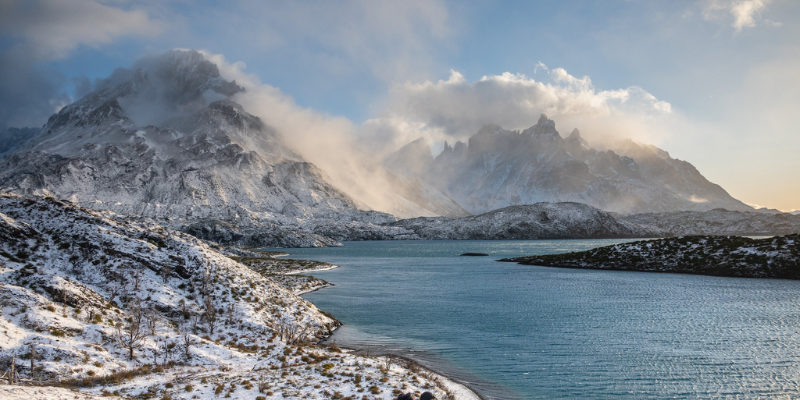
_miniatura.webp)
_resultado_miniatura.webp)











